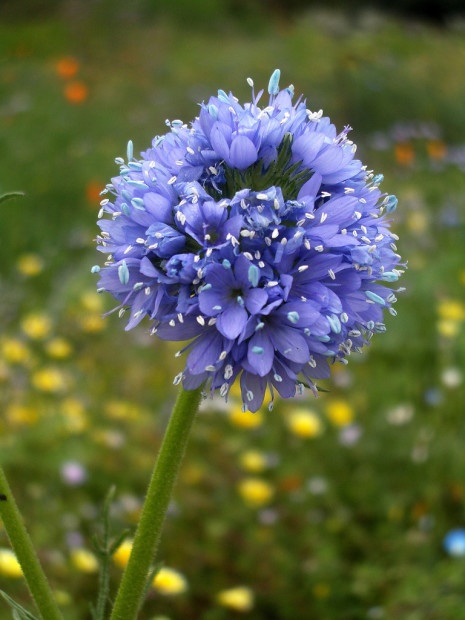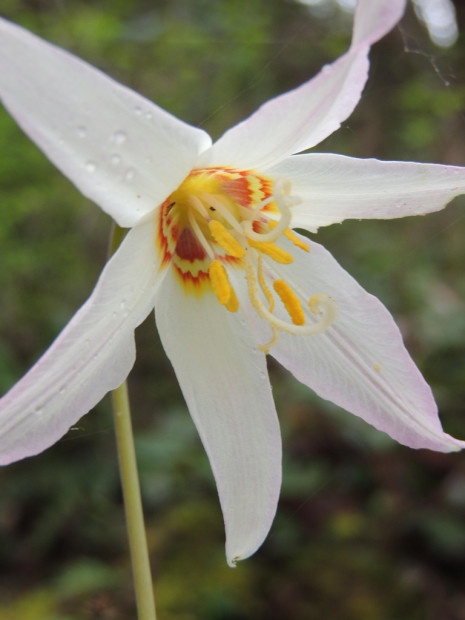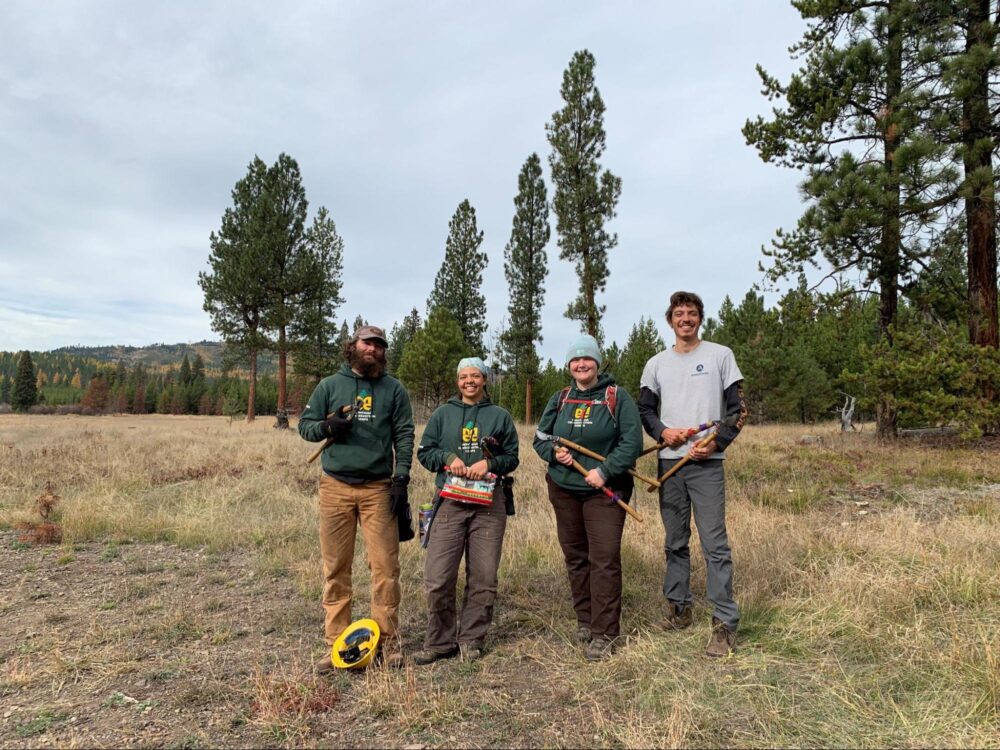We have much more to do and your continued support is needed now more than ever.
How to Create a Wildflower Meadow
Growing up in the Pacific Northwest, I was spoiled by the vast exposure I had to the wildly diverse attributes of this region. Summers, an especially wondrous time in my childhood, were spent horseback riding through mountain terrain in the heart of Montana, white water rafting down the Deschutes and Snake Rivers, fishing off the shores of the Columbia and North Clark Fork, and ‘roughing it’ with nothing more than a couple coolers, some sleeping bags, and a tent across the various landscapes of Idaho, Washington, Oregon, Wyoming and Montana.

Perhaps it is their fleeting nature or their unruly and non-conforming tendencies, but wildflowers continue to hold a fond place in my heart where I am reminded of the whimsical curiosity and fearlessness of my youth and serendipitous splendor of stumbling across a color-filled meadow, bursting with the presence of something so delicate, and yet so incapable of being tamed.
How to Create A Native Wildflower Meadow
Taking on the task of creating a native wildflower meadow is a fun, simple, and sustainable way to not only enjoy the aesthetics that wildflowers offer, but also allows for one to enjoy the abundant wildlife species that are often drawn to these sort of habitats for things such as food and shelter. Hummingbirds and butterflies are known frequenters of these spaces, and can benefit substantially from the inclusion of such a habitat in one’s backyard.
National Wildlife Federation’s Garden for Wildlife program can offer a great template for individuals interested in incorporating a native wildflower meadow (or other naturally occurring environments) while helping to support local ecosystems and wildlife flourish in their natural state.
Here are some simple instructions on how to create a basic wildflower garden “meadow” in your very own garden.
- Choose a plot in your garden, yard or property—any size will do!
- Be thoughtful when deciding on an area of land/ground to transform into your wildflower meadow. It’s important to choose a space that is most suitable to sustain wildlife growth and development! For instance, wildflower meadows actually do quite well in nutrient poor soil, so consider taking this into account when selecting an area in which to begin your project.
- Clear the area of any debris lying around.
- Thoroughly rake the ground and make sure to disturb the soil.
- Sprinkle a generous amount of wildflower seeds on the ground. Note: Take time to research what species of wildflowers you are planting to ensure that they are native to the region/area you live and won’t pose any ecosystem hazard once introduced to the space you have designated as your wildflower meadow.
Become a Wildlife Gardener with National Wildlife Federation. It’s free and you’ll get great wildlife gardening tips and learn how to certify your garden as an official habitat.
Examples for the Pacific Northwest
In western-Washington State for instance, one might want to include:
Mimulus lewisii

Gilia capitata

Erythronium oregonum

Lilium columbianum

Become a Wildlife Gardener
Want to learn more about turning your yard and garden into a haven for wildlife? Sign up to be a Wildlife Gardener with National Wildlife Federation. It’s a free community of gardeners, and we’ll send you regular tips on gardening.




















